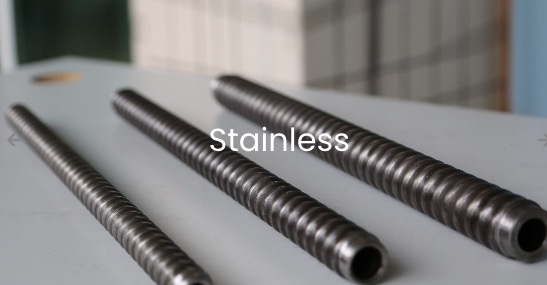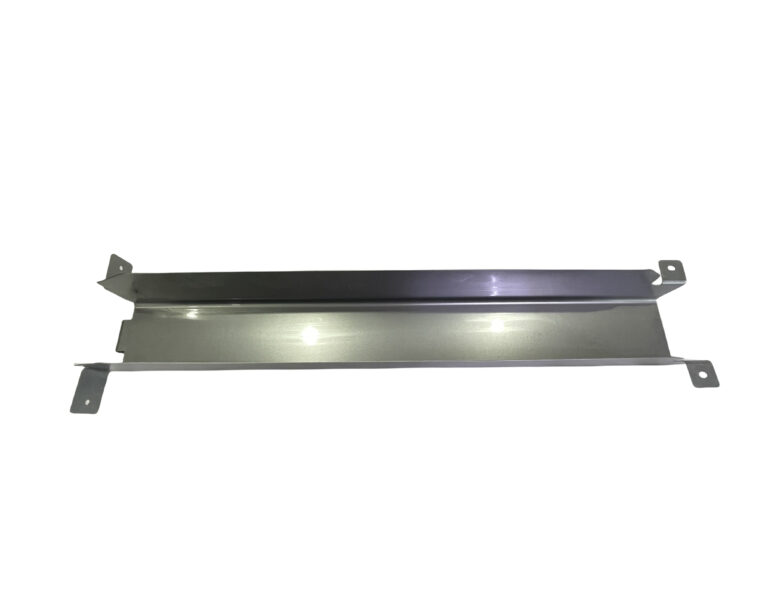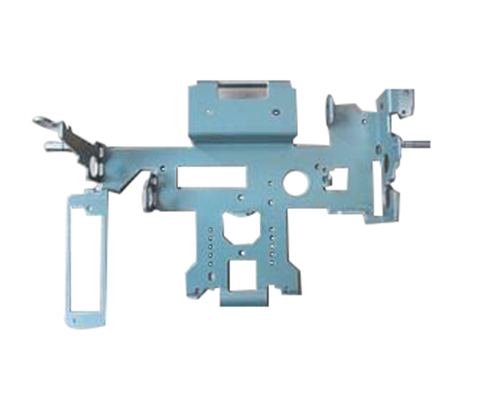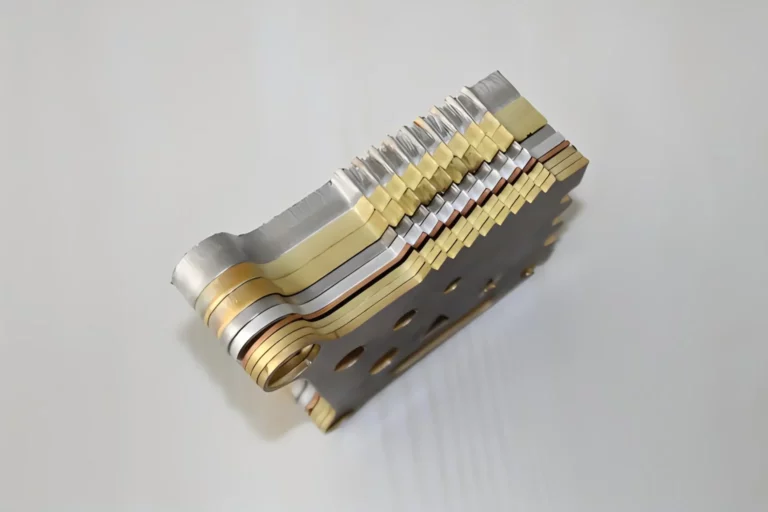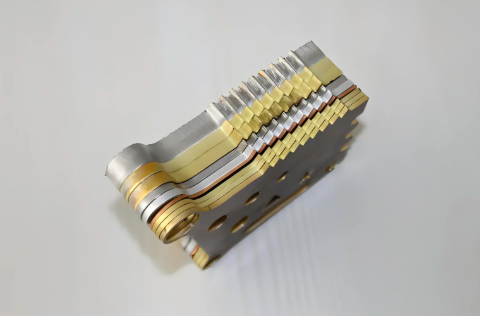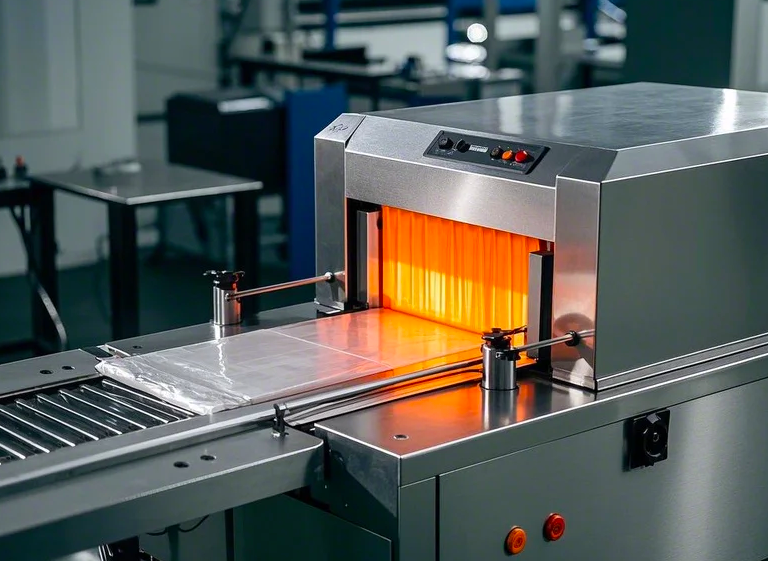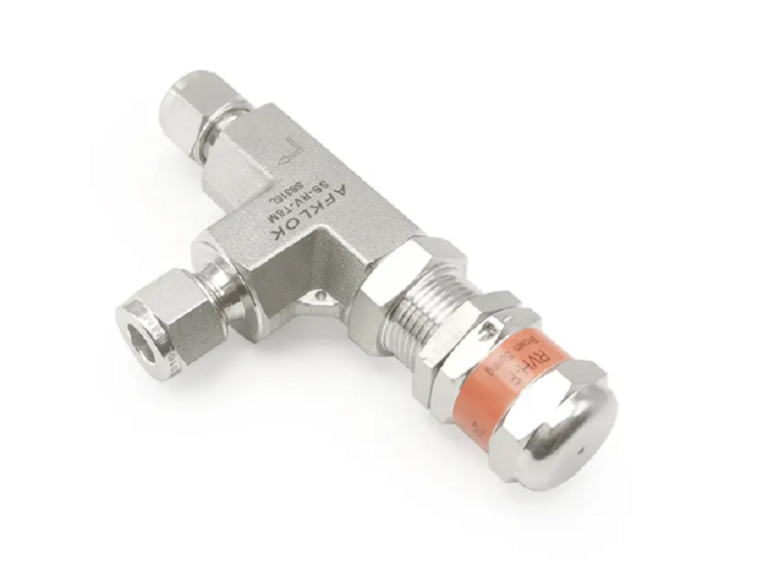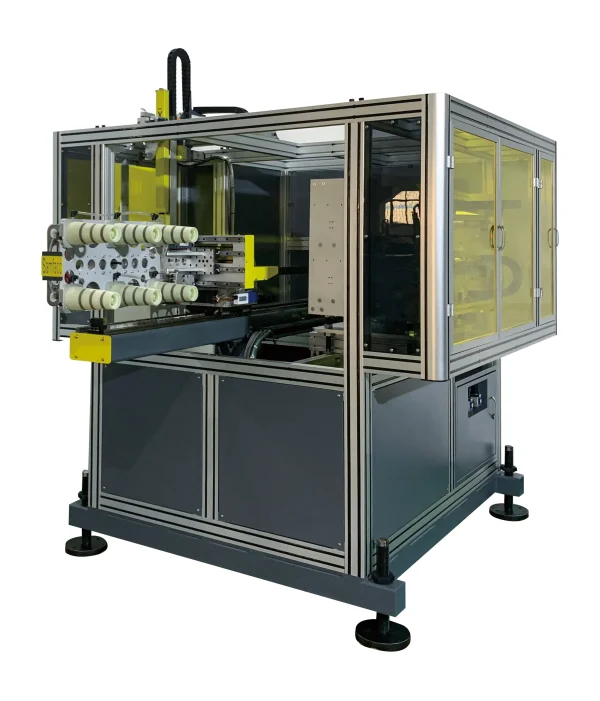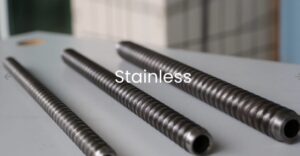Table of Contents
A ball valve is a type of valve where the opening and closing parts (balls) are driven by the valve stem and rotated around the axis of the ball valve. Ball valves can be used for fluid regulation and control, and they come in various designs to suit different applications.
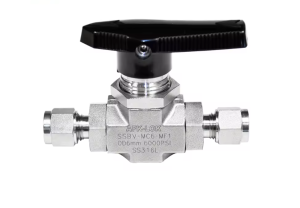
Types and Applications
Ball valves can be categorized into different types based on their design and function:
– Hard-Sealed V-Shaped Ball Valves: These valves have a strong shear force between the V-shaped ball core and the metal seat of the hard-facing cemented carbide. They are especially suitable for media containing fibers and tiny solid particles.
– Multi-Way Ball Valves: These valves can control the merging, diversion, and flow direction switching of the medium in pipelines. They can close any channel and connect the other two channels. These valves should generally be installed horizontally in the pipeline.
Characteristics
Ball valves are known for their simplicity, ease of operation, and reliability:
– Simple Structure and Good Seal Performance: It has a straightforward design and provides good sealing capabilities.
– Compact Size and Light Weight: They consume less material and have a smaller installation size, reducing the torque needed for operation.
– Rapid Opening and Closing: They have been one of the fastest-growing valve varieties over the past decade, thanks to their quick operation.
– High Reliability: They have reached a high level of reliability and performance, making them suitable for a wide range of applications.
Advantages
The primary benefits of ball valves include:
- Minimal Fluid Resistance: The resistance coefficient of a ball valve is comparable to that of a pipe segment of the same length.
- Compact and Lightweight: They are simple in design and lightweight.
- Tight and Reliable Sealing: Modern ball valves use plastic materials for the sealing surface, providing good sealing even in vacuum systems.
- Ease of Operation: They are easy to operate and require only a 90-degree rotation for full opening or closing.
- Easy Maintenance: The simple structure of ball valves facilitates easy maintenance and replacement of parts.
- Isolation from Medium Erosion: When fully open or closed, the ball and valve seat are isolated from the medium, protecting the valve’s sealing surfaces from erosion.
- Wide Range of Applications: It can be used in a variety of applications, from small sizes to large diameters, and from high vacuum to high pressure.
Fields of Application
Ball valves are generally recommended in pipeline systems where:
– Double Adjustment: Both flow control and isolation are required.
– Strict Sealing Performance: Tight shut-off is necessary.
– Mud and Wear: The media contain solids or abrasive substances.
– Narrow Channel: A small valve body size is preferred.
– Fast Opening and Closing Action: Quick valve operation is necessary.
– High-Pressure Cut-off (Large Pressure Difference): High differential pressure applications.
– Low Noise: Reduced noise during valve operation is desirable.
– Cavitation and Gasification: Conditions where cavitation or gasification may occur.
– Small Amount of Leakage to Atmosphere: Minimal leakage is acceptable.
– Small Operating Torque: Low torque is required for valve operation.
– Small Fluid Resistance: Low frictional resistance is important.
In conclusion, ball valves are versatile and reliable components that play a vital role in various industries. Their compact design, efficient operation, and robust construction make them a preferred choice for a wide range of applications. By understanding the different types of ball valves and their key characteristics, you can select the most suitable valve for your specific needs.
0

